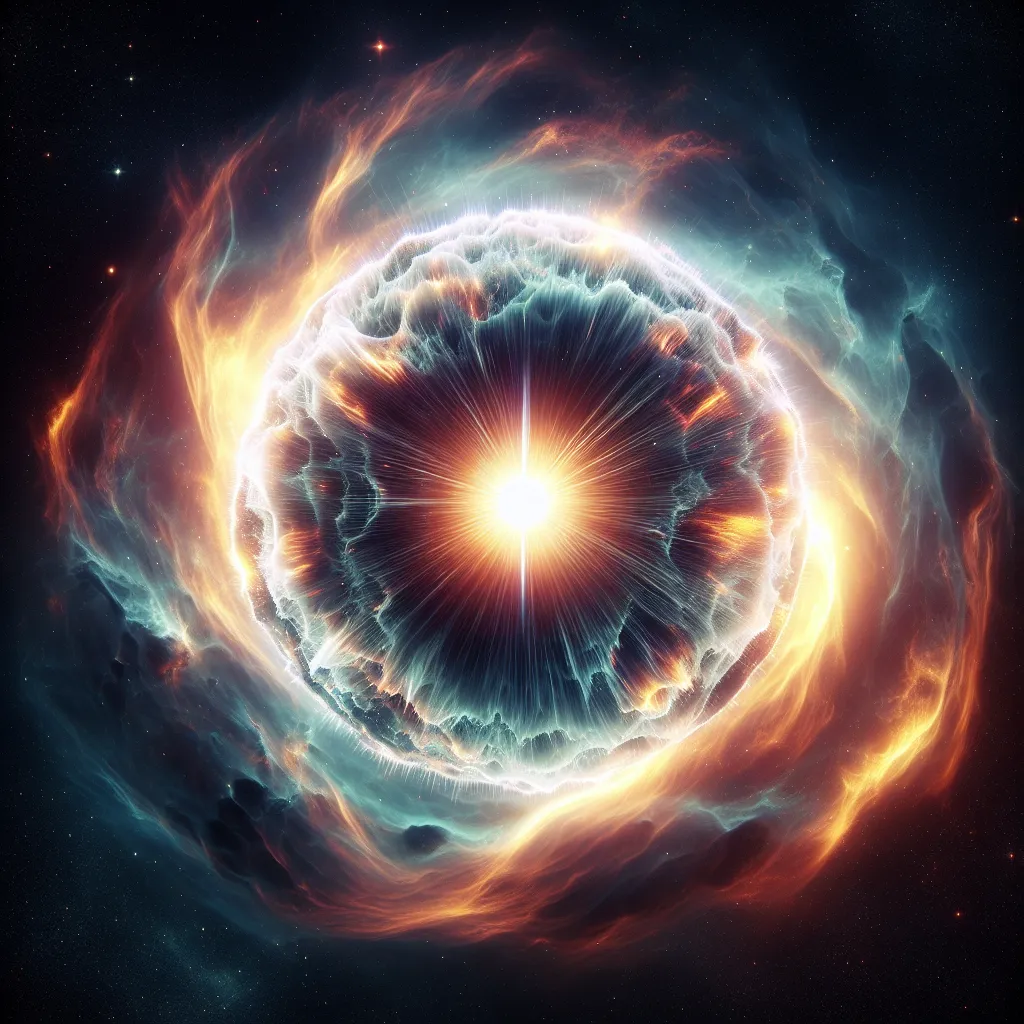Neutron stars are among the universe’s most extreme entities, kind of like giant atom cores. They measure only a few kilometers in diameter, yet are incredibly dense and violent.
Stars live in a delicate balance between gravity and the radiation pressure from fusion reactions. Initially, a star fuses hydrogen into helium. Once the hydrogen is exhausted, if the star is massive enough, helium fuses into carbon, and then progressively heavier elements like neon, oxygen, and silicon.
When the core starts to form iron, fusion stops because iron cannot fuse into lighter elements. This cessation leads to a quick drop in radiation pressure. If the core’s mass exceeds 1.4 solar masses, a massive collapse occurs. The core’s outer part can reach speeds up to 70,000 km/s as it collapses inward. Gravity fights a losing battle against atomic forces, and eventually, electrons combine with protons to form neutrons.
This catastrophic event results in a supernova explosion that throws the star’s outer layers into space, leaving behind a neutron star. Despite its compactness—about 25 kilometers wide—a neutron star can have a mass between 1 and 3 Suns. It’s as if you crammed the mass of Mount Everest into a sugar cube.
The gravitational pull of a neutron star is staggering. Drop an object from one meter above its surface, and it would hit the star in just one microsecond, accelerating to 7.2 million km/h. The star’s surface is incredibly flat with minimal irregularities and has a superthin layer of hot plasma reaching about 1 million kelvin, compared to the Sun’s 5,800 kelvin.
Beneath the surface, the crust is likely composed of iron nuclei with a sea of electrons. As you go deeper, more neutrons exist until you reach an incredibly dense core, perhaps made of superfluid neutron degenerate matter or even quark-gluon plasma.
Unlike typical atom cores held together by strong interactions, neutron stars are bound by gravity. They also spin at dizzying speeds. Young neutron stars can rotate several times per second, and if they siphon material from a nearby star, they can spin hundreds of times per second. Take PSRJ1748-2446ad, for example, spinning at around 252 million km/h.
These fast-spinning neutron stars are known as pulsars because they emit strong radio signals. Their magnetic fields are about 8 trillion times stronger than Earth’s, so much so that atoms bend under their influence.
Neutron stars stand as some of the universe’s most extreme and fascinating objects. It would be incredible to explore them up close with future spacecraft, but we’d better keep a safe distance!






